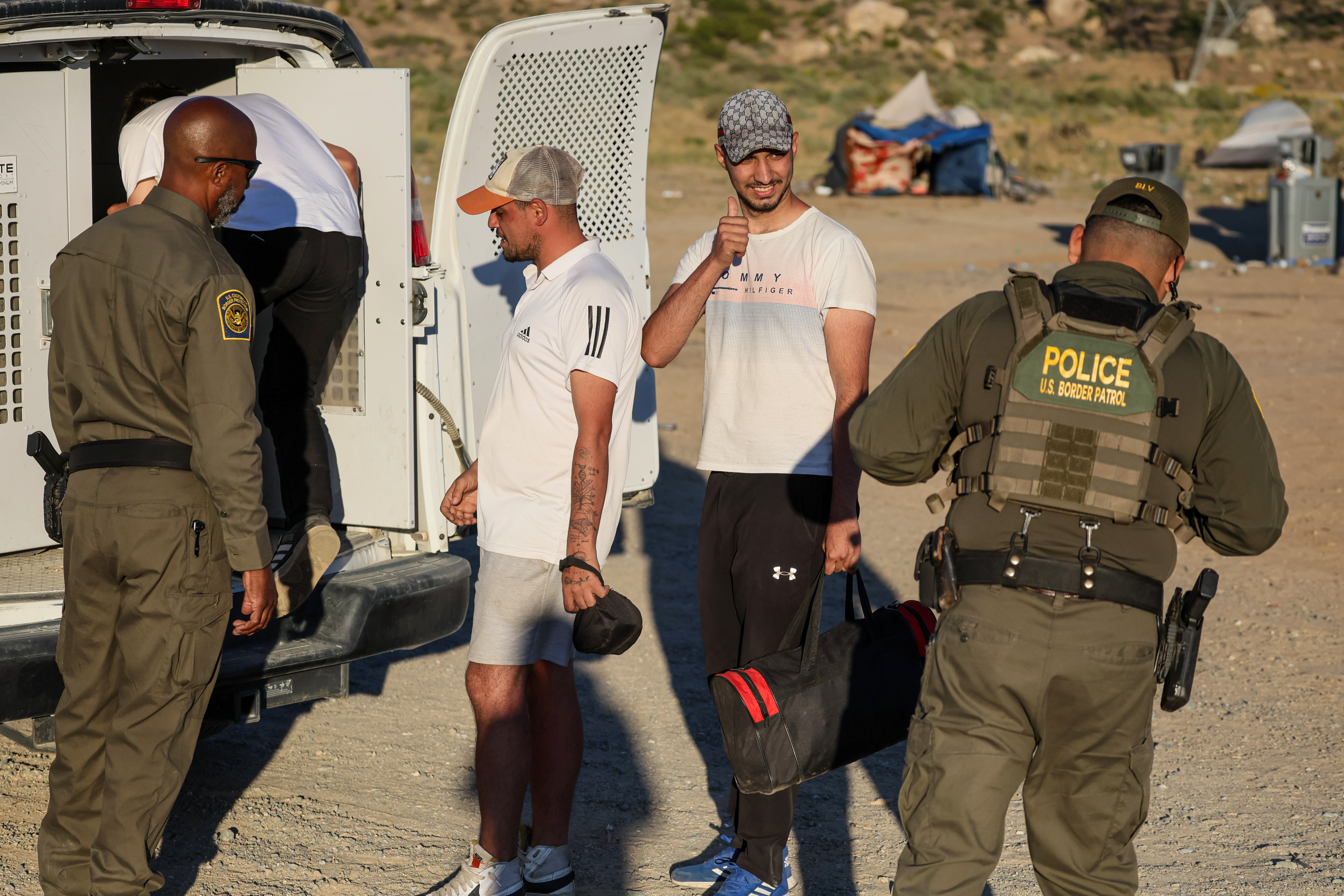Drivers of tour bus companies that carry loads of passengers along the West Coast were caught on camera violating federal laws as they texted, talked on handheld cellphones, drove at speeds higher than 80 mph and blew through red lights. None of the bus companies caught during the investigation were willing to talk about the violations. Joel Grover reports for…
Bus drivers who are texting, talking on their cellphones, speeding more than 90 mph down the freeway: these dangerous issues are only some of what the NBC4 I-Team caught on camera when it investigated why a record number of tour buses have crashed on California highways this year, injuring dozens and putting every motorist at risk.
“I think it’s criminal. I look at it as murder,” said Brenda Knight, whose uncle, Fred Richardson, was killed this February when a tour bus coming from Big Bear lost control on Highway 38 and slammed head-on into Richardson’s pickup.
Buses now transport as many people as domestic airlines, taking passengers to casinos, tourist destinations, and offering cheap rides between cities.
The I-Team found this: even if you never set foot on a bus, you’re still in harm’s way.
For three months, the I-Team followed 25 tour buses from six companies across southern California with hidden cameras on board, and followed behind with even more cameras and a laser speed gun.
The biggest problem the I-Team uncovered was distracted driving.
“Distraction is serious. It is deadly. It is dangerous,” said Jackie Gillan, president of Advocates for Highway and Auto Safety in Washington, D.C. The U.S. Department of Transportation cites “distracted driving” as the No. 1 cause of bus accidents.
Local
Get Los Angeles's latest local news on crime, entertainment, weather, schools, cost of living and more. Here's your go-to source for today's LA news.
Five buses from a company called Fronteras del Norte were followed. The company takes thousands of passengers to cities along the West Coast.
The NBC4 I-Team caught three of Fronteras del Norte’s drivers driving their 10-ton buses with one hand as they talked on handheld cellphones -- a violation of federal regulations with a penalty up to $2,750.
The I-Team caught one of those drivers on a hidden camera talking and laughing on his cellphone as he pulled into the Los Angeles area from San Diego. The driver was so distracted, he didn’t even notice he ran a red light.
“They don’t care about their jobs, their safety, the public’s safety,” said Maria Lopez -- whose family owns the Fronteras del Norte bus company -- after watching the I-Team’s video of her drivers on their cellphones.
Co-owner Joel Lopez told the I-Team he was “going to have to start terminating” those drivers the I-Team caught on video.
Speeding is another chronic problem documented in the I-Team’s investigation, and the No. 2 cause of bus accidents, according to the U.S. Department of Transportation
In September, a bus driving from Seal Beach to a Los Angeles casino was going so fast over the speed limit that it lost control and plowed through a person’s front yard, according to the California Highway Patrol. Eight people were injured.
Of the 25 tour buses the I-Team followed, 24 of the buses were caught speeding. The speeds were clocked by retired Officer Steve Chauncey, who agreed to help the I-Team with its investigation. For more than 20 years, Chauncey has taught and certified officers across California how to use radar and laser to catch speeders.
On a trip from San Manuel to the LA area, Chauncey clocked a bus from Da Zhen Tours speeding up to 93 mph in a 65-mph zone.
Just a month earlier, a Da Zhen bus was involved in one of the biggest crashes of 2013. The bus driver cut off a car on the 210 Freeway and rolled over, injuring at least 55 people, according to the CHP. The freeway was closed much of the day, prompting miles of traffic to come to a complete stop as victims were pulled from the wreckage.
“Speed is a factor in about a third of all crashes, so we know the dangers of speeding,” Gillan said.
When the I-Team confronted Da Zhen about nine of their buses having been caught speeding during the investigation, no one from the company was willing to speak about it.
Unsafe buses are another problem the I-Team uncovered that contribute to fatal crashes, like the Big Bear crash in February. The bus that lost control belonged to a company called Scapadas Magicas, based near San Diego.
The bus was returning to Tijuana with a load of people who had enjoyed a day in the snow.
The NBC4 investigation discovered the ill-fated bus was cited by federal inspectors twice in the year before the crash for bad brakes. A spokesman for the U.S. Transportation Department, which oversees those inspections, couldn’t tell NBC4 whether the brakes had ever been fixed prior to the crash.
“They knew that the brakes on that bus were not all right, and they literally sent the people that died to their deaths,” said Knight, who lost her beloved uncle in the Scapadas crash.
The U.S. Department of Transportation told the I-Team that after the Scapadas crash, it launched a “Strike Force” to shut down companies operating unsafe buses.
Scapadas Magicas went out of business after the crash in February, and attempts for comment by NBC4 were not returned.
A list of companies that the USDOT has ordered to cease operations does not include any California-based bus companies.
Since February, the NBC4 I-Team has repeatedly requested an interview with the secretary of U.S. Department of Transportation to discuss efforts to make bus travel and highways safer. Requests for an interview have not been returned.



